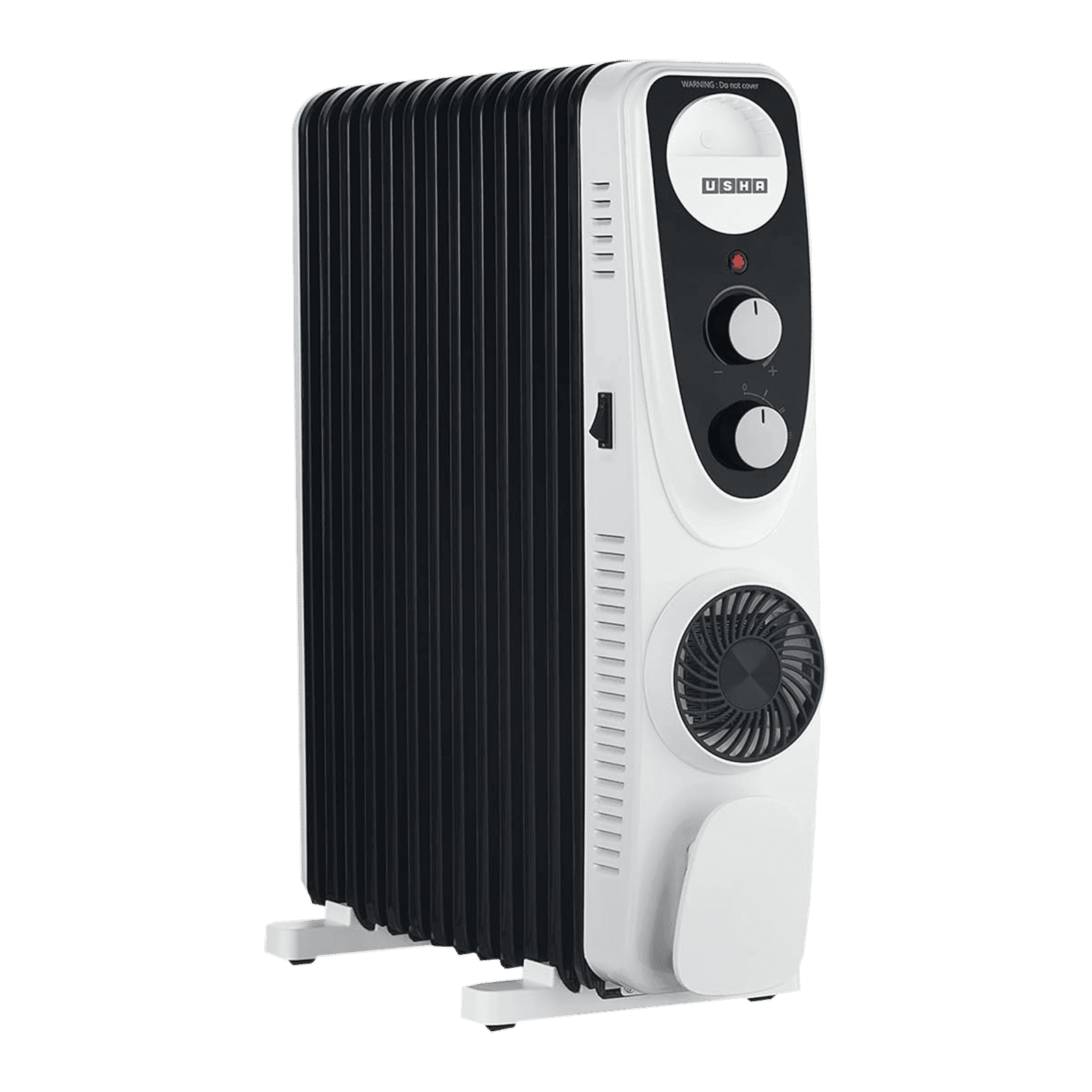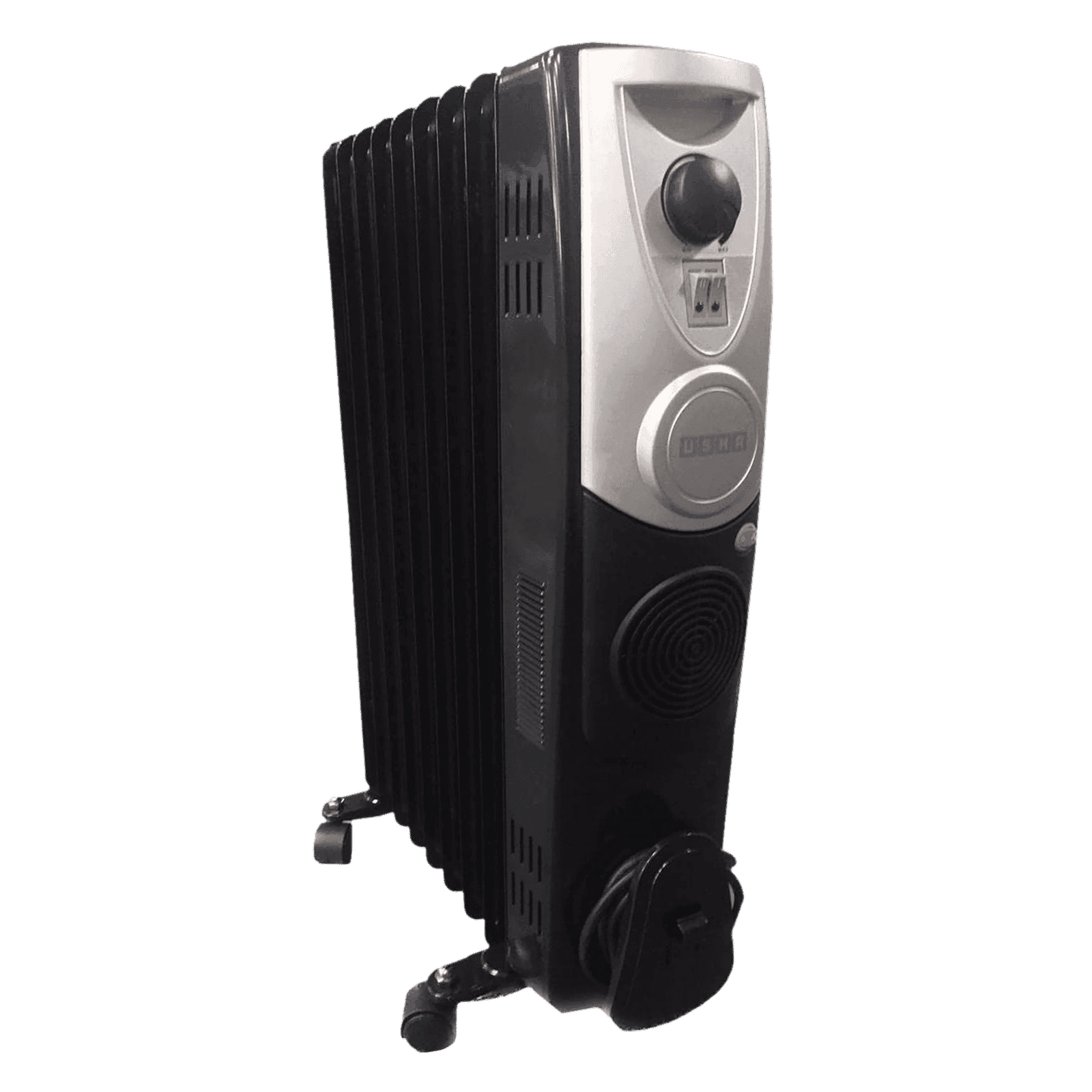
Home Appliances
•04 min read

ISI Mark</li><li>2 Years Warranty</li></ul>
As temperatures drop, room heaters become a staple in many households. But did you know that improper use of certain heaters can lead to carbon monoxide risks? In this guide, we explore room heater safety tips and clear usage guidelines to help you avoid potential hazards. You will learn how to identify which types of room heaters can produce carbon monoxide, understand proper use of space heaters, and discover safe heating options for homes that keep your indoor air quality in check—all while enjoying the added benefits of NeuCoins rewards on Tata Neu.
Carbon monoxide (CO) is an odourless, colourless gas that poses a serious risk if accumulated in enclosed spaces. This silent threat can lead to serious health issues, which is why awareness and prevention are crucial, especially during cold months when heating devices are in high use.
The answer to the primary question, do room heaters produce carbon monoxide, depends on the type of heater in use. Gas heaters and other combustion-based devices, such as kerosene heaters, can produce carbon monoxide if they are not properly maintained or ventilated. In contrast, electric heaters do not produce carbon monoxide. However, even electric heaters require correct use to avoid risks like overheating or contributing to indoor air pollution by circulating dust and allergens.
Gas heaters have the potential to emit carbon monoxide if they are not vented properly. Ensuring ventilation for room heaters is essential to prevent harmful concentrations of this gas in your living space. Maintaining good airflow, particularly in areas where gas heaters are used, helps sustain a safer indoor environment.
Electric heaters are a safe alternative when considering carbon monoxide risks, as they do not generate this dangerous gas. However, they still demand adherence to room heater safety tips to minimise other risks such as fire hazards or indoor air pollution that could affect your health.
Beyond gas and electric models, devices like kerosene heaters or wood stoves also require attention. These combustion-based devices can produce carbon monoxide if they are poorly maintained or used in inadequately ventilated areas.

ISI Mark</li><li>2 Years Warranty</li></ul>
Follow these guidelines for the proper use of space heaters:
Place heaters away from flammable materials and ensure a safe distance from furniture.
Keep the heater on a stable, flat surface to prevent tip-overs.
Follow the manufacturer’s instructions for maintenance and operation.
Turn off the heater when leaving the room or going to sleep.
Effective ventilation for room heaters is critical, especially when using gas heaters. Open a window or use exhaust fans to promote adequate airflow and keep harmful gases at bay. Regularly check that any ventilation systems are free of obstructions.
Installing carbon monoxide detectors for heaters is one of the simplest yet most effective ways to protect your family. Place detectors in key areas near heating devices and regularly test them to ensure they are functioning correctly.
It is vital to recognise early symptoms of carbon monoxide poisoning. These symptoms include headaches, dizziness, and nausea. If you or your family notice these signs, evacuate the premises immediately and seek fresh air.
Prevention involves regular maintenance of heaters and using certified, safe heating options for homes. Avoid unvented heating devices indoors and keep up with scheduled servicing to minimise carbon monoxide risks from heating devices.
If you are considering safe heating options for homes, consider eco-friendly choices like electric heaters, heat pumps, or radiant floor heating. These alternatives often help maintain a cleaner indoor environment, contributing to better indoor heating and air pollution control.
Maintaining indoor heating and air pollution standards is crucial. Regular cleaning of heaters and using air purifiers can significantly reduce the accumulation of dust and allergens, ensuring a healthier atmosphere. This careful approach aligns with Tata Neu's commitment to offering reliable and convenient services, such as Express Delivery and exceptional post-purchase support, allowing you to shop smartly and earn NeuCoins rewards with every transaction.
Insight Corner: The Silent Threat of Carbon Monoxide
Did you know? Carbon monoxide is often called the 'silent killer' because it’s odourless and colourless. Installing a carbon monoxide detector is one of the simplest yet most effective ways to protect your family from this invisible danger.
Yes, certain types of heaters, such as gas or kerosene heaters, can produce carbon monoxide if they are not vented properly. Electric heaters, however, do not produce carbon monoxide.
Gas heaters, kerosene heaters, and other combustion-based heaters can release carbon monoxide if they are not functioning correctly or lack proper ventilation.
Room heaters can be harmful if used improperly. Gas heaters may emit carbon monoxide, while electric heaters can pose fire risks or worsen air quality by circulating dust and allergens.
Yes, carbon monoxide can come from combustion-based heaters like gas or kerosene heaters. Proper maintenance and ventilation are crucial to prevent this risk.
No, electric space heaters do not give off toxic fumes or carbon monoxide. However, improper use can lead to overheating or fire hazards.
In summary, carbon monoxide risks are primarily linked to combustion-based heaters like gas and kerosene models. While electric heaters do not produce carbon monoxide, they must still be used with care to avoid other hazards. Following a comprehensive safety checklist, ensuring proper ventilation, and installing carbon monoxide detectors can substantially lower risks. Prioritise safety and explore energy-efficient heating solutions to secure a healthier home environment, all while benefiting from the ease and smart shopping experience you enjoy on Tata Neu.